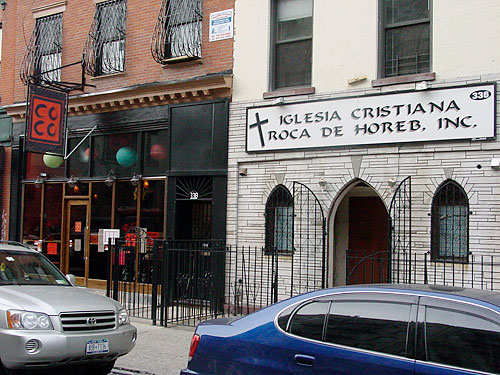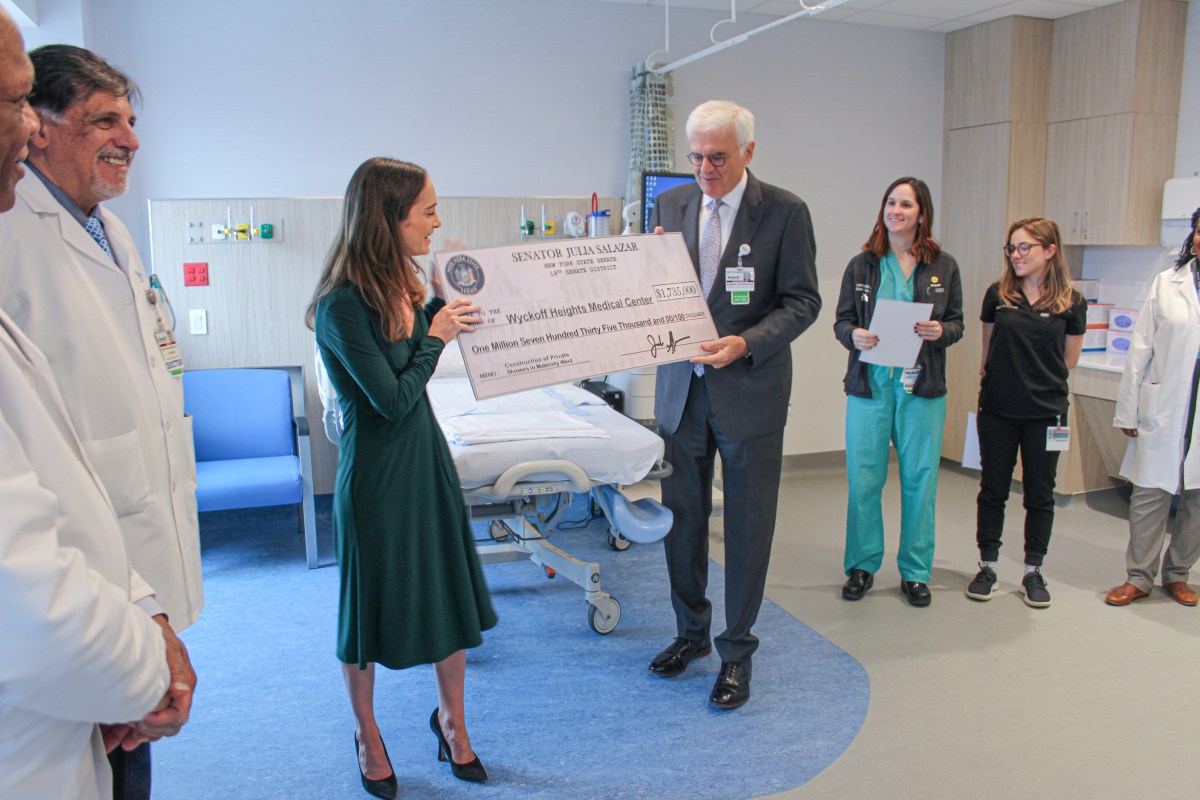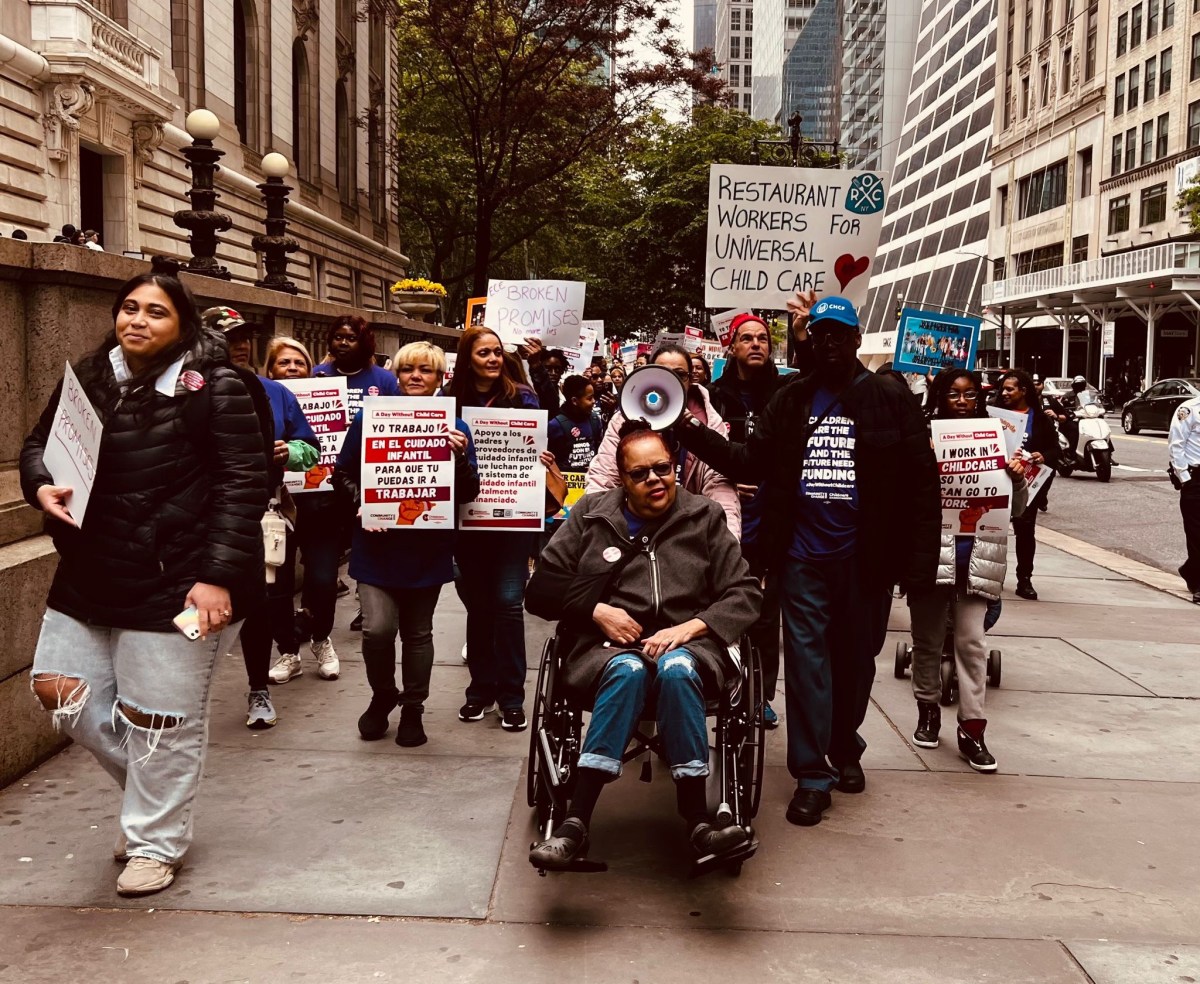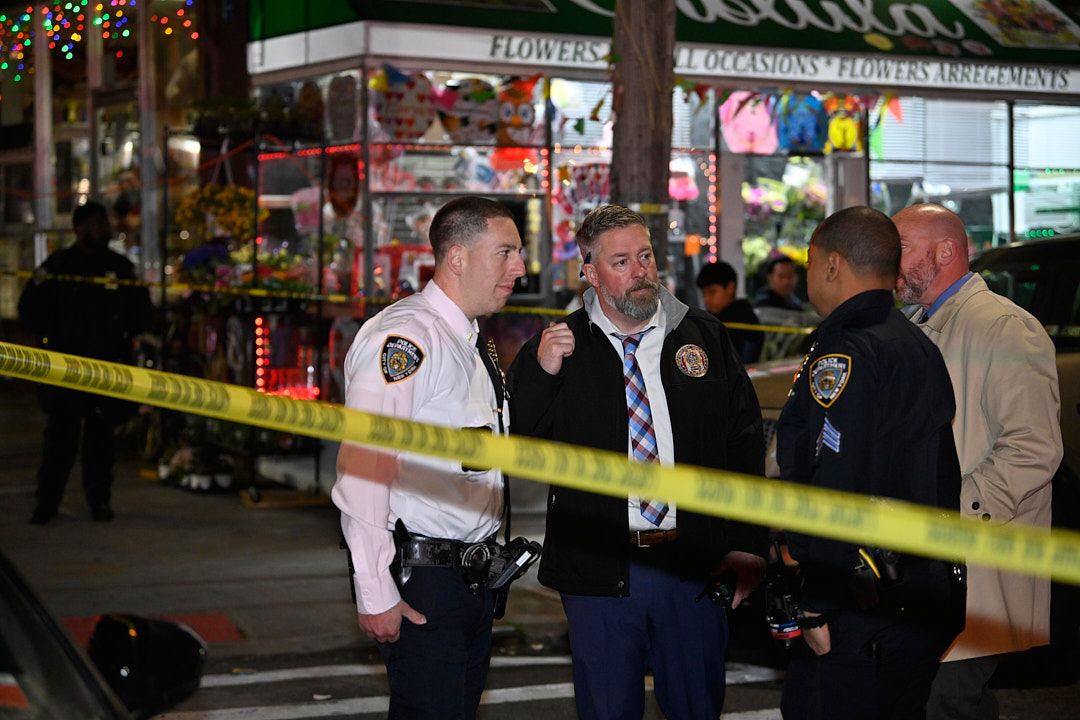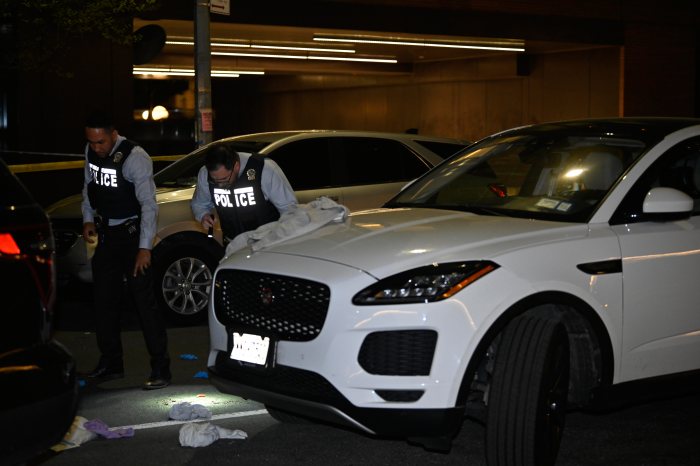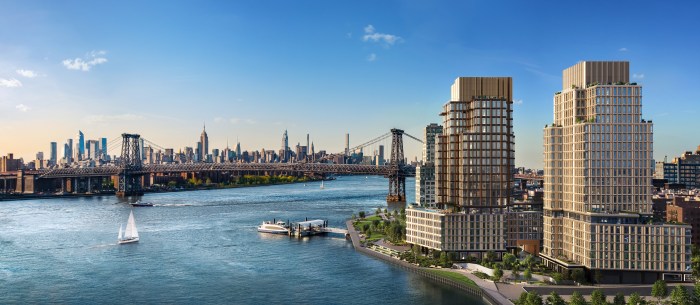No neighborhood in Brooklyn — perhaps the entire city — has experienced as much transformational change over the past decade as Williamsburg.
A longtime home to Puerto Rican and Dominican immigrants, Williamsburg’s south side now includes fancy new condos, bars and restaurants. Where once was a riot of vacant warehouses and inexpensive bodegas along S. Fourth Street and S. Sixth Street is now a new restaurant row.
“It’s an up-and-coming neighborhood,” said Fatty ’Cue manager Adam Schuman. “It’s a kind of destination that attracts neighborhood people and foodies from all over the world and they have lists of places to go to and this is definitely one of them.”
But the influx of new bars and restaurants has flummoxed community leaders, such as El Puente founder Luis Garden Acosta, who said that many Latinos do not feel at home in “their own community” anymore.
“We have a daily working-class ritual of coming home from work where mothers and fathers cook for their family,” said Acosta. “It’s very different from a twentysomething single person who may be paying for one room with a shared kitchen. For them, it’s much easier to go to a restaurant — at Southside prices.”
According to the Census bureau, Williamsburg lost one-quarter of its Latino population while the number of white residents steadily increased.
In the heavily Hispanic Southside, Latinos still make up the majority in most Census tracts — 53 percent in one zone, 65 percent in another and 72 percent in a third in the area around Kent Avenue, Grand Street, Broadway and Union Avenue.
But the influx of new residents caused median incomes to rise in many areas, as high as 22 percent, as new developments with Manhattan-style amenities began attracting the affluent.
As a result, rents shot up about 30 percent in some areas. Residents in one tract between Driggs and Rodney were particularly hard hit as rents rose 32 percent to $808 per month, but median incomes dropped 12 percent, to $25,725. That means that many residents are paying one-third of their income for rent.
“It is what it is,” said David Lopez, president of Los Sures, a local nonprofit. “You can’t stop the economic forces of the market. If you’re making minimum wage, you’re not going to buy a $12 pie. If you’re making more, you would.”


